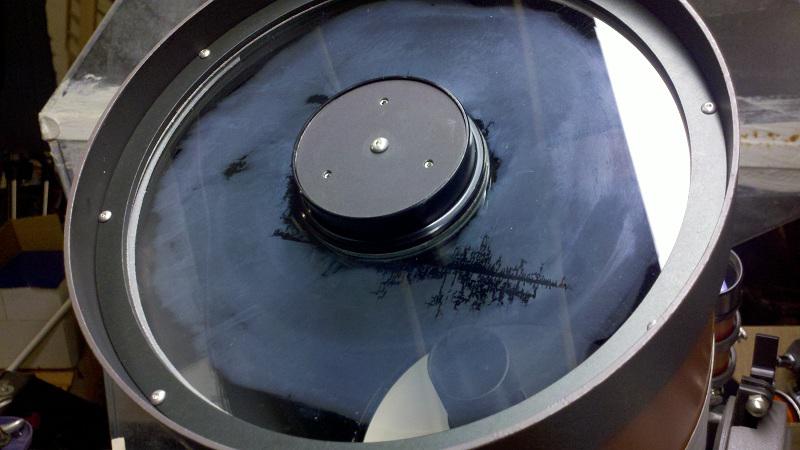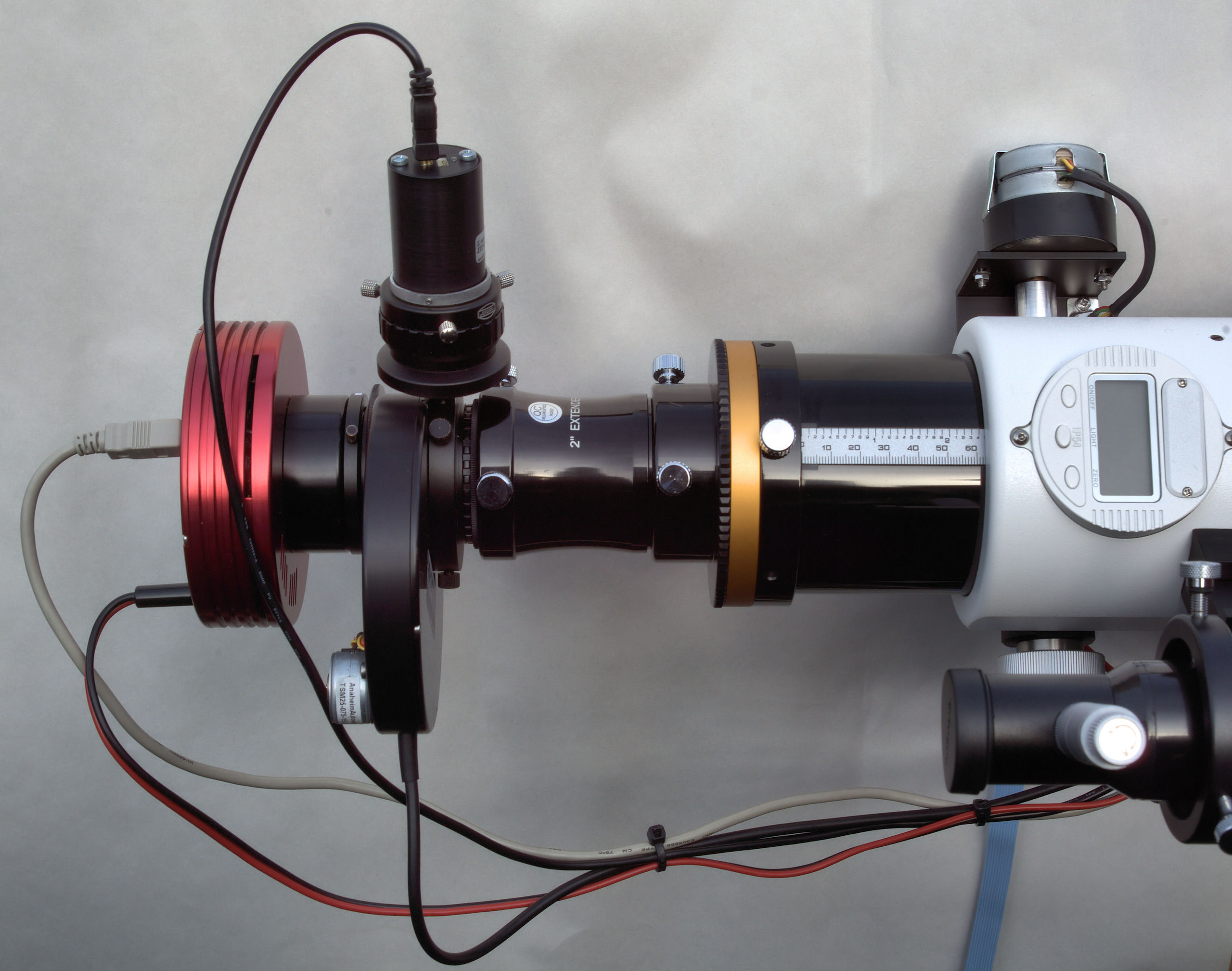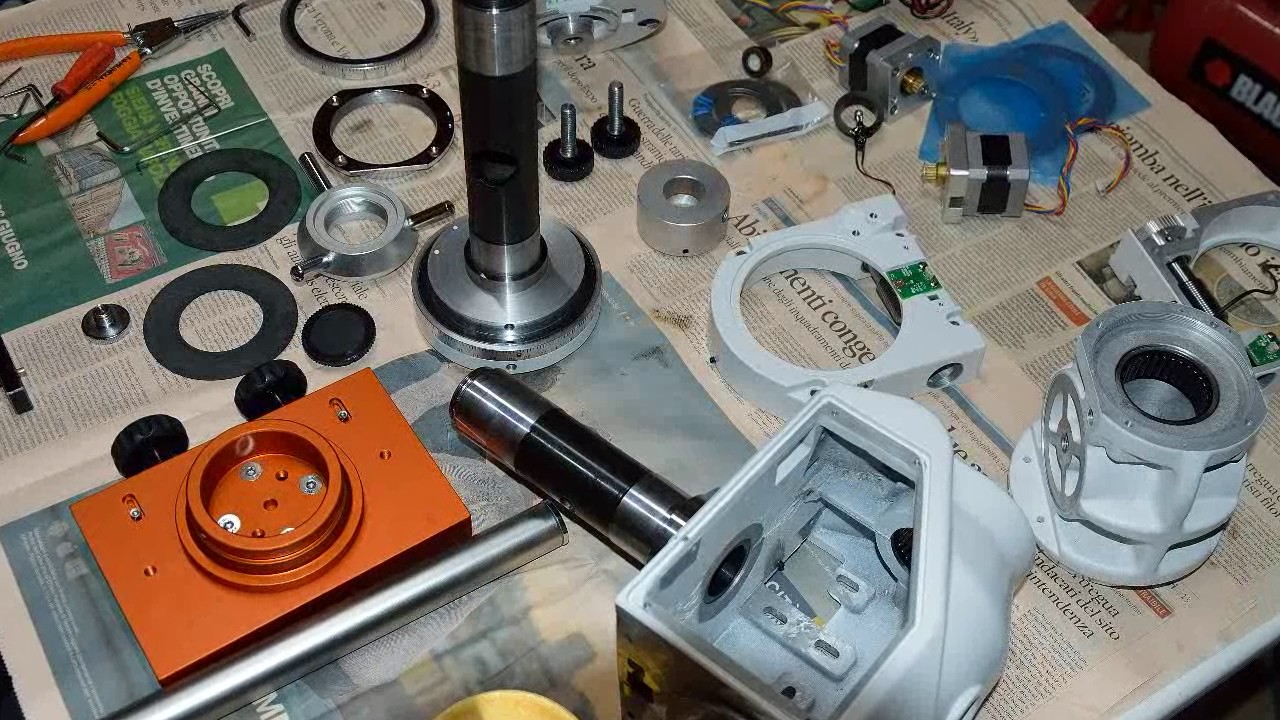Buy and Sell Second-Hand Astro Equipment Guide.

The most frequent questions after the Stargazing Labs and Landscape Astrophotography Labs are how much cost a telescope and where to buy it. This article provides some directions for buying and selling telescopes and other astronomical equipment on the second-hand market.
Published on November 02, 2020 by Jordi Blasco
telescope beginner
9 min READ
The most frequent questions after the Stargazing Labs and Landscape Astrophotography Labs are how much cost a telescope and where to buy it. I usually recommend to have a look at this article (What Telescope is Best for a Beginner). Still, when the second-hand market appears in that conversation, I don’t feel very confident giving just 2 minutes’ advice. There are a lot of things that should be considered.
I bought and sold several telescopes and multiple components over the last 25 years. Some people are keen to buy only new equipment, but at some point, the budget will become tight, especially when you want to dive deeper into astrophotographpy.
If visual astronomy is already quite expensive for you, astrophotography will blow your budget just with a few components. For example, a quad-band narrow filter may cost as much as a 12” Dobsonian telescope.
The budget limitation is usually the main reason to buy, sell, and swap your equipment in the second-hand market.
This article will highlight a few important topics you need to be aware of before you go to the second-hand market, looking for quite expensive and delicate scientific equipment.
Expectations
Like in any other second-hand market, the buyer wants a bargain, and the seller wants to get the maximum return of the previous investment. Having said that, both parties should be realistic with their expectations.
The reality is that telescopes get devalued over time, just like a car or a computer. If it is a very old telescope, it might be considered more valuable as a collectible item rather than as serious scientific equipment.
In my case, I own a very rare Mizar Newton 150mm f/5 telescope created by Hino Opt. in Japan around 35 years ago. The value of this telescope is several times more expensive than the price I paid for it around 22 years ago.
The brand of the equipment is quite important. There are a lot of companies in the telescopes market. Some of them have built strong community trust and reputation. Some companies are re-branding the telescopes, but the optics are just as good as the main brand. That is the case of GSO, for example.
How much is it worth?
The first thing to consider either, as a buyer or as a seller, is to know how much each component worth. The following sections highlight what you should consider to assess a proper valuation.
What is the expected lifespan?
The lifespan of astronomical equipment depends (mostly) on the hands of the previous owners. Having said that, some components and optics are prone to develop some issues over time, usually due to mechanical degradation.
While some simple optics can last for a very long time, computerized mounts are usually a source of issues.
The lifetime of computerized telescope mounts is relatively short because of the mechanical degradation and because technology, in general, gets outdated quite fast.
An equatorial telescope mount bought ten years ago should be considered obsolete. Repairing it can be quite challenging because the manufacturer is no longer producing that model and has no obligation to provide replacements for longer than a decade. Unless you are good at repairing electronic devices, and you have the right tools to face any potential issues, the investment is nothing but risky.
If you are interested in buying (or selling) a 5-years old mount, keep in mind that half of the potential lifetime of that mount is over. In addition to that, newer releases of the same model or new products will be technologically more advanced and maybe, even cheaper. So, the price should reflect that.
I would personally not consider buying or selling a computerized mount +5 years old for more than 30% or 50% of the original price tag.
Please don’t read me wrong. I’m not saying that an old telescope can not perform and be useful, but you should be aware of the potential ongoing costs for maintaining an old equipment. Actually, I had the magnificent opportunity to use the double refractor built by Mailhat (Paris) in 1904, hosted in the Fabra Observatory during my physics degree at the University of Barcelona. This outstanding telescope is one of the oldest telescopes in the world, still in production for research and outreach. If you have an opportunity to visit Barcelona in the future, consider booking one of the night guided tours at the Fabra Observatory.

Check the Optics
Reflecting telescopes are easy to maintain, specially Newtonians, classical Cassegrains, Ritchey-Chretien, or classical Dall–Kirkham. These types of telescopes in good hands can have quite a long lifespan. They are also easy to clean and maintain. Modern mirror coating technologies last for quite a long time (10 to 20 years). If you want to re-coat the mirrors, consider hiring the services of a reputed company. I have a personal preference for HiLux coatings. They are quite expensive, but they provide almost 97% of reflectivity over a wide range of the visible spectrum. I still have to investigate what companies can deliver those services in NZ.
Refractor and catadioptric telescopes require additional considerations. If the previous owner had no too much care of those optics, you should expect, at least, fungus and dust, and potentially other defects in the optics like oil stains. Cleaning those telescopes is not easy and often requires professional and specialized services to do it right. Sometimes, you only need an affordable UV light to kill the potential fungus. That operation will prevent the fungus from growing, but it will not clean the optics.
If you have a Maksutov or Schmidt correction lens and you want to clean it by yourself, consider using Baader Wonder Fluid rather than isopropyl alcohol as suggested by most bloggers and “YouTubers”.

In order to check very evident signs of fungus and dust in these telescopes, look into the lens from the side and place a very bright light in the focuser. You will be able to see dust and fungus in a projector beam in a dark room. If you see a haze, it might be due to internal lubricants that vaporized slowly and collected in the back of the glass. That can be avoided if the telescope is not exposed to a high temperature and humidity.
The price should evidence these potential issues in addition to the regular devaluation of the telescope.
Check the mechanical components
I mentioned the mechanical degradation of the telescope mounts in the previous section, but telescopes have some other mechanical components.
In astrophotography, the focusers are usually upgraded with premium models like Feather Touch or MoonLite. Alt-Azimuth telescopes rely on a field de-rotator. Some people prefer to keep the premium focusers and return the original focuser before selling the telescope. If that is the situation, consider checking that the focuser is correctly replaced, perfectly aligned, and it reaches the critical focus.
In general, the mechanical components degrade quite soon or even break when the owners push them to the limit. For example, using a relatively small mount to move a massive telescope or using a modest focuser to hold a very heavy camera at the end of a very long imaging train.

Image by Andrew Harrison
My advice is to check every single mechanical component. Look for evident missing screws, broken parts, or rust. Make sure bearings work smoothly and make sure the focuser doesn’t have bent shafts or chipped gears.
Check the electronic components
Modern astrophotography equipment has a lot of electronic components. That includes the computerized mount, obviously, but also polar alignment camera, GPS, electronic focuser, field de-rotator, dew heater, camera, filter wheel, temperature sensors, autoguider, etc.
My advice is to make sure the electronics work by using them. Check the controller firmware version. Be aware that some controllers just can’t be upgraded, either because the developer doesn’t offer that or because the product is no longer supported.

The cost of repairing an outdated electronic component can be quite expensive, and sometimes the only option is trying to find the required replacement on eBay or a similar platform. You must be aware that getting a replacement will be a challenge once the product is no longer manufactured. If you bought some equipment made in Europe, you could still be safe. The European Commission in order to reduce the electronic waste and CO2 footprint, required since 2019 to have spare parts readily available for 7 to 10 years after the purchase of the product. That applies to the most common household electronics; it doesn’t necessarily mean that astro equipment will follow this approach.
In any case, buying a very outdated electric component comes with a risk, so the price should capture that.
Final recommendations
If you are a member of an astronomical society, I strongly suggest buying and selling between other members.
Based on my short experience in New Zealand, there is no too much market for highly specialized equipment. The stock is very limited and sometimes very expensive compared to other countries. Most of the high-end products and components must be bought overseas and face shipping costs. Lucky me, I travel quite often to Europe, USA and Australia for my “daytime” work,… well, that was before COVID-19. That created a lot of opportunities for me to save time and money.
If you want to buy used equipment overseas, I strongly suggest exploring retailers with second-hand equipment. They usually test the items and provide a limited guarantee for those products. If you know similar retailers closer to NZ, please, let me know!
All the best in finding your next toy!